#004 Information, knowledge, wisdom
In this issue, we explore the individual and collective practices of information management and sense-making. We look at how creativity, imagination, and fantasy mingle with information knowledge, and wisdom.
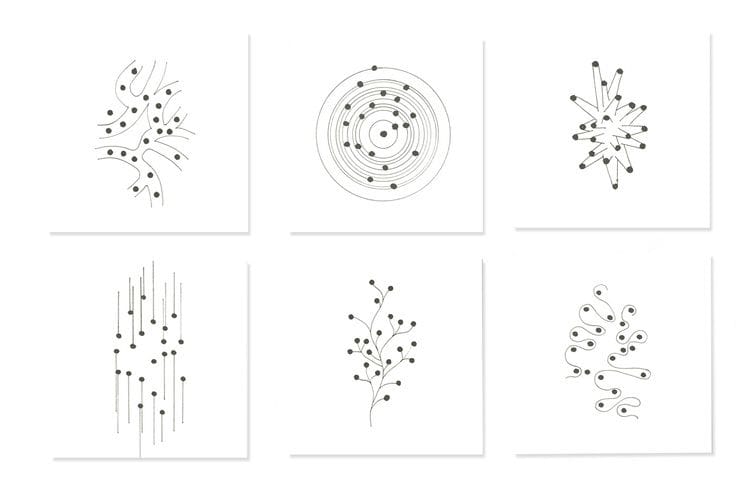
Welcome to Hotpot issue #004, dear reader and subscriber.
Is this serious fun or playful work? The truth is… it’s a blend of both, defined by intentional, hard, yet immensely fulfilling effort across many fronts.
Thank you for your support! Your messages have been a beacon of encouragement, warmth, and, frankly, a delightful surprise. Knowing that my work might resonate with you, offering some form of value, fuels my passion and commitment to this project.
A quest for wisdom
Today, we delve into the connections between information, knowledge, and wisdom, hovering over the expansive domain of human understanding.
How we approach information management in times of information overload is critical to navigate through this journey.
How can we trigger our intellect to trace connections between our memories leveraging our imagination, fantasy, and creativity?
How can we expand human memory through digital memory and what tools and practices should we be exploring?
I hope you will enjoy this read. If so, please consider sharing it by forwarding it to your besties. Thank you!
Knowledge-sharing, from individual to collective identity
Knowledge-sharing is a primal impulse. It empowered our ancestors to tackle complex challenges collectively and tame the forces of nature leveraging intellect and coordination.
Collective intelligence and knowledge are something greater than the sum of their parts. Knowledge-sharing is an impulse that contributes to our individual growth and our collective one as well, AKA culture.

Digital technologies as amplifiers
Fast forward from prehistoric times to the digital age, knowledge-sharing breaks the barriers of time and space creating an unprecedented abundance of information that among many good things, challenges sensemaking both for individuals and communities alike. It is wild out there.
From chaos to clarity: organizing Information
Consider the digital clutter we often face. Show me your desktop! Long gone are the times of a life organized in boxes and drawers. Our digital presence requires us to consider where and how we store information, and most importantly how we manage it.
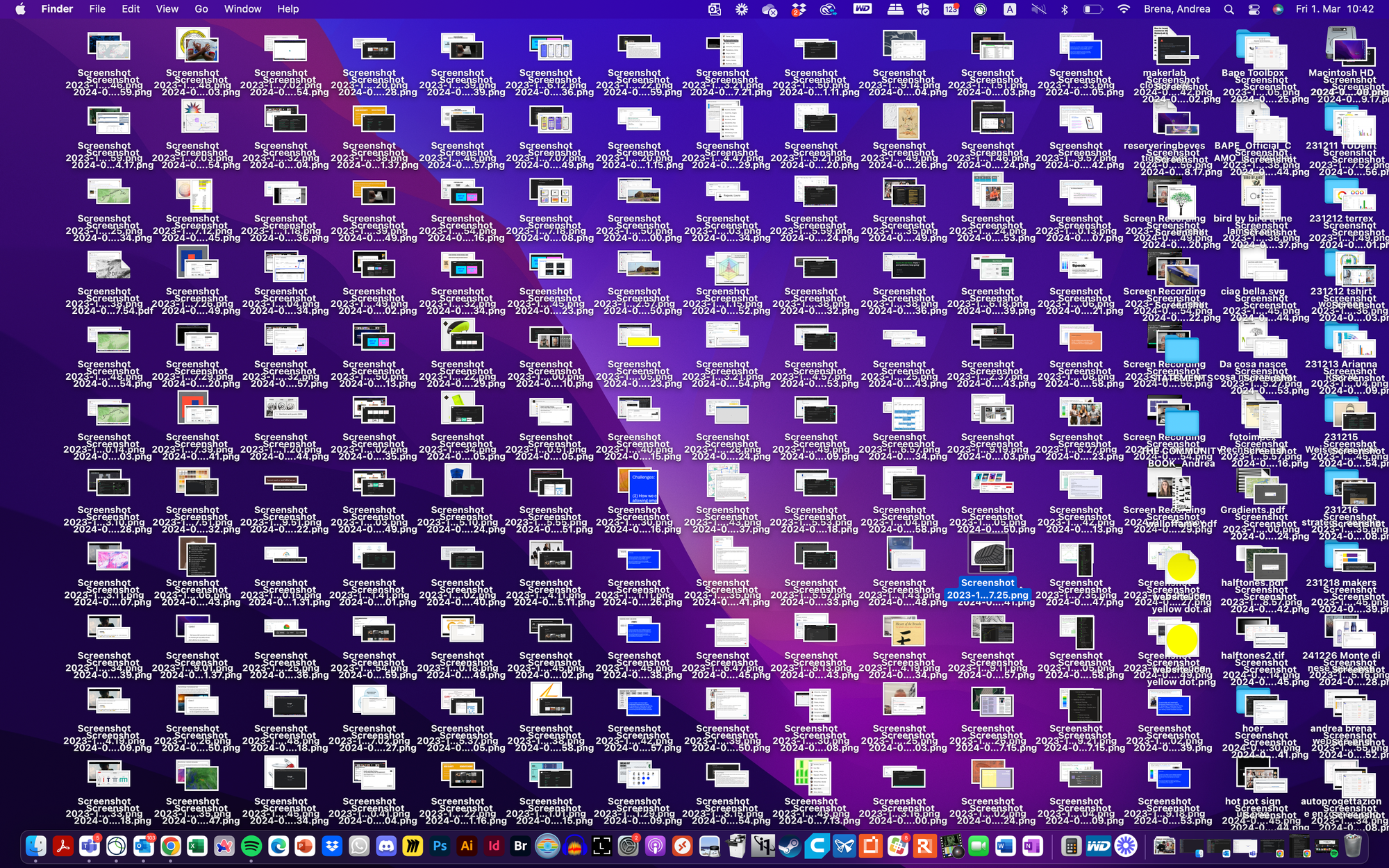
Folders
Do you intentionally store information into folders or do you hide them? I do a bit of both.
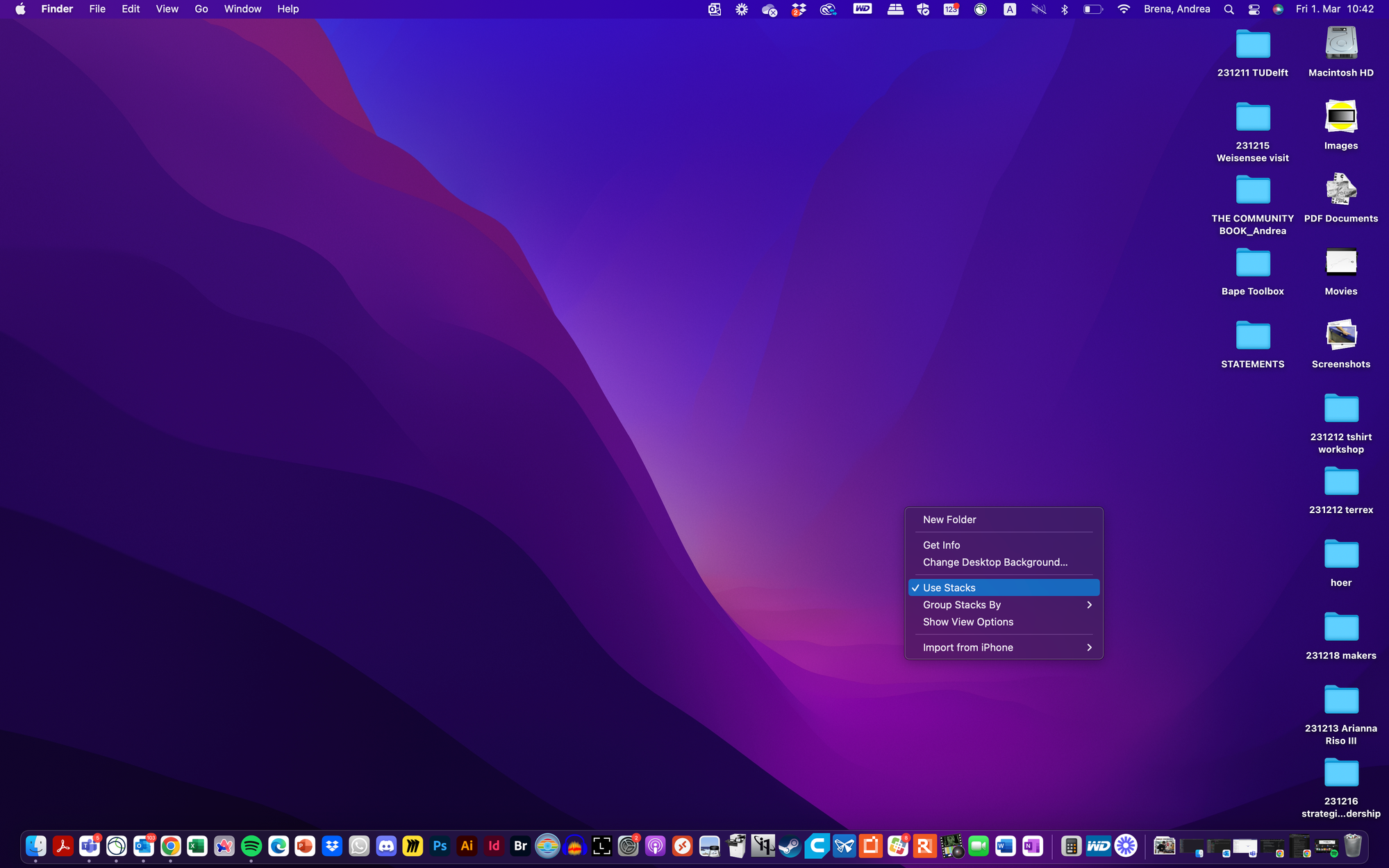
Let’s talk about the files on your computer. Those you own, those that take up memory space on your device.
Let’s keep out of the conversation your bookmarks, playlists, collections, stored on cloud platforms. Let’s not open this Pandora’s box. Not today.
Folders might lead to other folders, and ultimately to your files.
This parental branching structure is great for storing (or hiding) information, but not so great at giving you the chance to trace connections among the elements contained within it.
Sometimes a file is hidden at the end of a long path that could look like this: C/Documents/Folder/Subfolder/Subsubfolder/…your file.
While you have built a logic that narrows down the path toward your file, folders aren’t that good at making you interact with your content and their content can be easily forgotten.
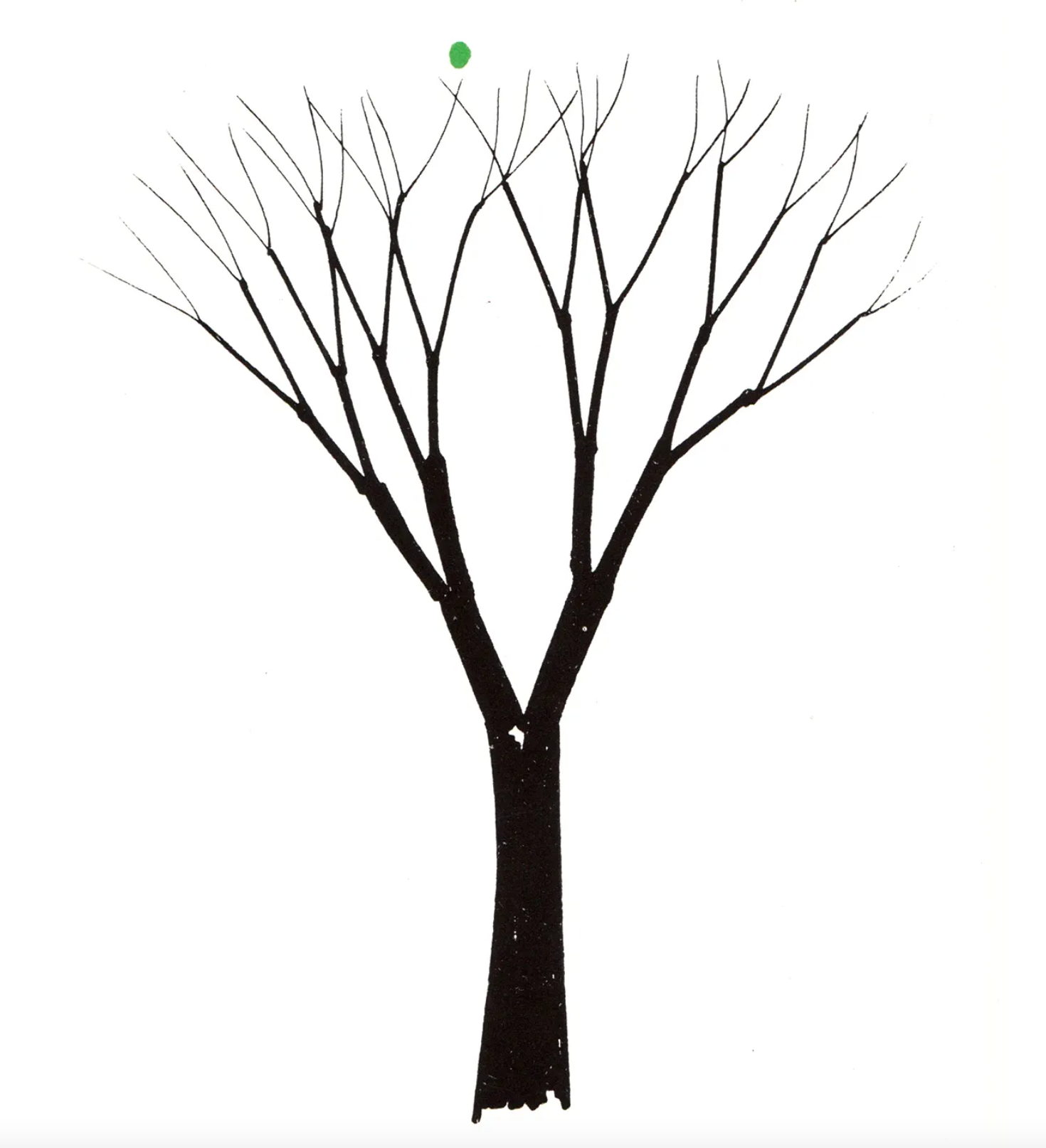
Archives
A few years ago, I attended a great lecture by the Head of the Information Design MA at the Design Academy Eindhoven, Joost Grootens. If you are into data visualization, atlases, and book design check out his mind-bending work.
His website is an archive that enables me to access and make sense of his studio work without him crafting a narrative for me.
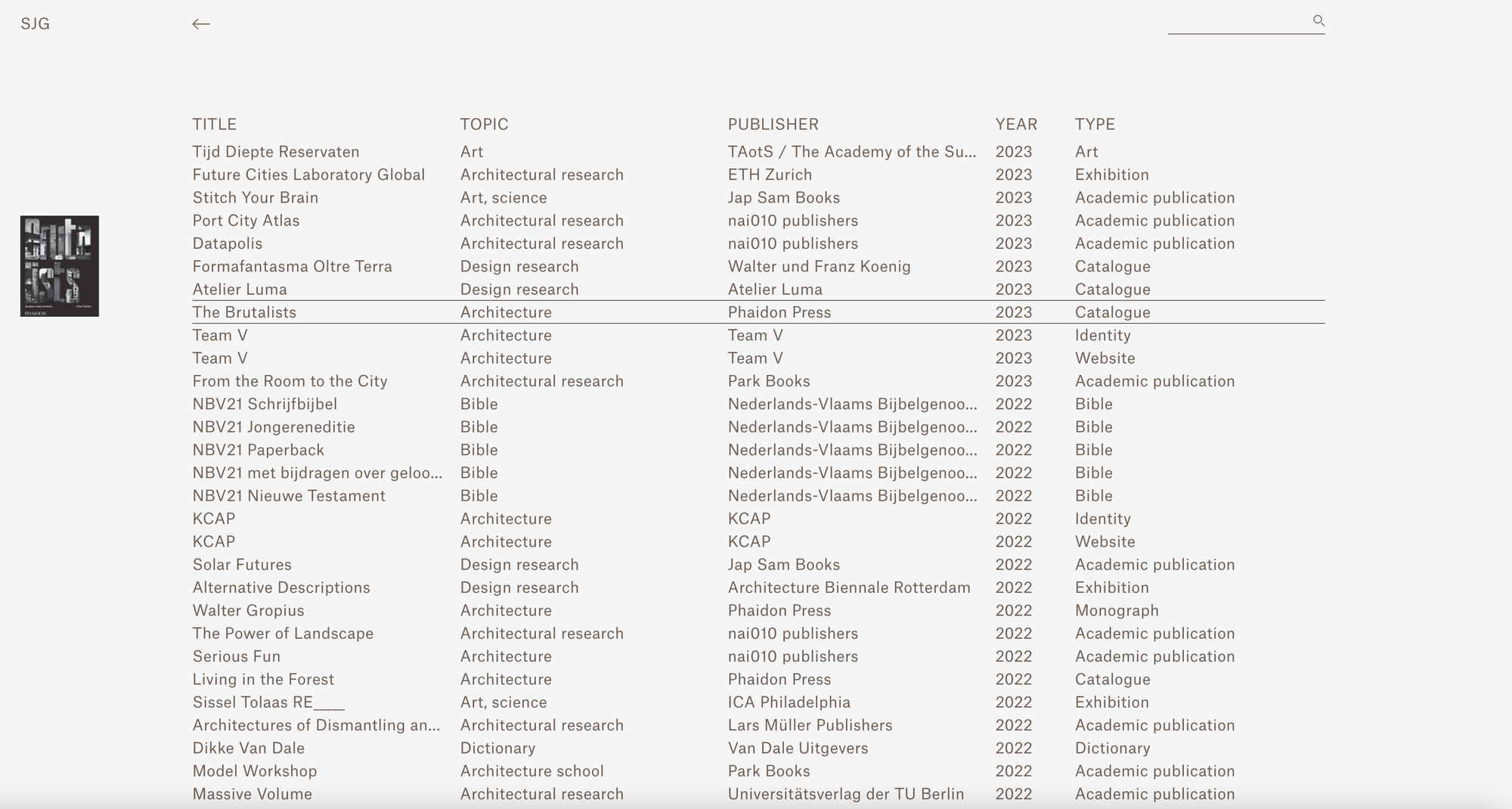
Accessing an archive, and getting in touch with its content enables me to act as a curator shaping my narrative through a new body of information.
Rather than being told a story, by browsing an archive I have all the necessary tools to create mine. Archives are platforms and toolboxes for storytelling.
3 archiving digital tools I use
Since I started using Notion a few years ago, a second-brain productivity and collaboration app I started appreciating the experiences that can be built starting from databases.
Databases rather than making us specify where things belong allow us to classify single elements (categorize, sort, label, tag) single elements making vast amounts of data more searchable and accessible, and most importantly making the content more interactive and dynamic.
While there are risks associated with archives, like oversimplification and bias, digital archives create a multidimensional grid in which information has the gift of ubiquity without being duplicated and can be organized and associated more freely as they are not in boxes but have properties assigned to them.
Assigning properties is also hard and thoughtful work, that might not be inviting to most, hence there are no social archives apps used by billions, yet.
Permanence and impermanence
How we organize the information in our lives influences our journey towards knowledge and wisdom.
While digital memory offers permanence, human memory is inherently imperfect and temporary, characterized by forgetfulness and distortion.
While social apps became popular by offering permanent digital feeds and archives, we saw tech players entering the market trying to satisfy the need for more temporary communication. Think about Snapchat and the stories format across many social apps.
I am curious to know how you deal with information. How do you balance our primal need to search and collect (hunter and gatherers) without being overloaded and overwhelmed? What tools and methodologies do you use or have you developed to decide what to keep and what to let go?
The social dimension of knowledge sharing
While archives enable us to manage vast amounts of data and provide us with a sense of permanence, knowledge-sharing has a strong social dimension that social media have captured so well.
Writing, reacting, commenting, and sharing are functionalities that satisfy human primal needs somewhere to be found in the Maslow hierarchy of human needs.
Archiving principles permeate through social apps though. Think about hashtags!
Individual and collective sense-making happens by creating smooth and seamless experiences between these dimensions. Between the grid and the chattering.
Intentionality in the digital age
Change starts from within. Navigating information’s complexity and abundance requires a conscious approach, fostering an intentional mindset toward our digital consumption. This mindset is crucial for capturing valuable information to transform into actionable knowledge.
Being selective much like a curator, rather than having things, or most likely ads, thrown at us, proactively searching and forging connections is what enables us to create new narratives.
Fostering collective wisdom
In an era dominated by social media and communication platforms, the emergence of real-time collaborative tools offers new avenues for collective knowledge and identity creation.
In opposition to Notion who is a highly customizable and control powerhouse, some platforms embrace a very different approach.
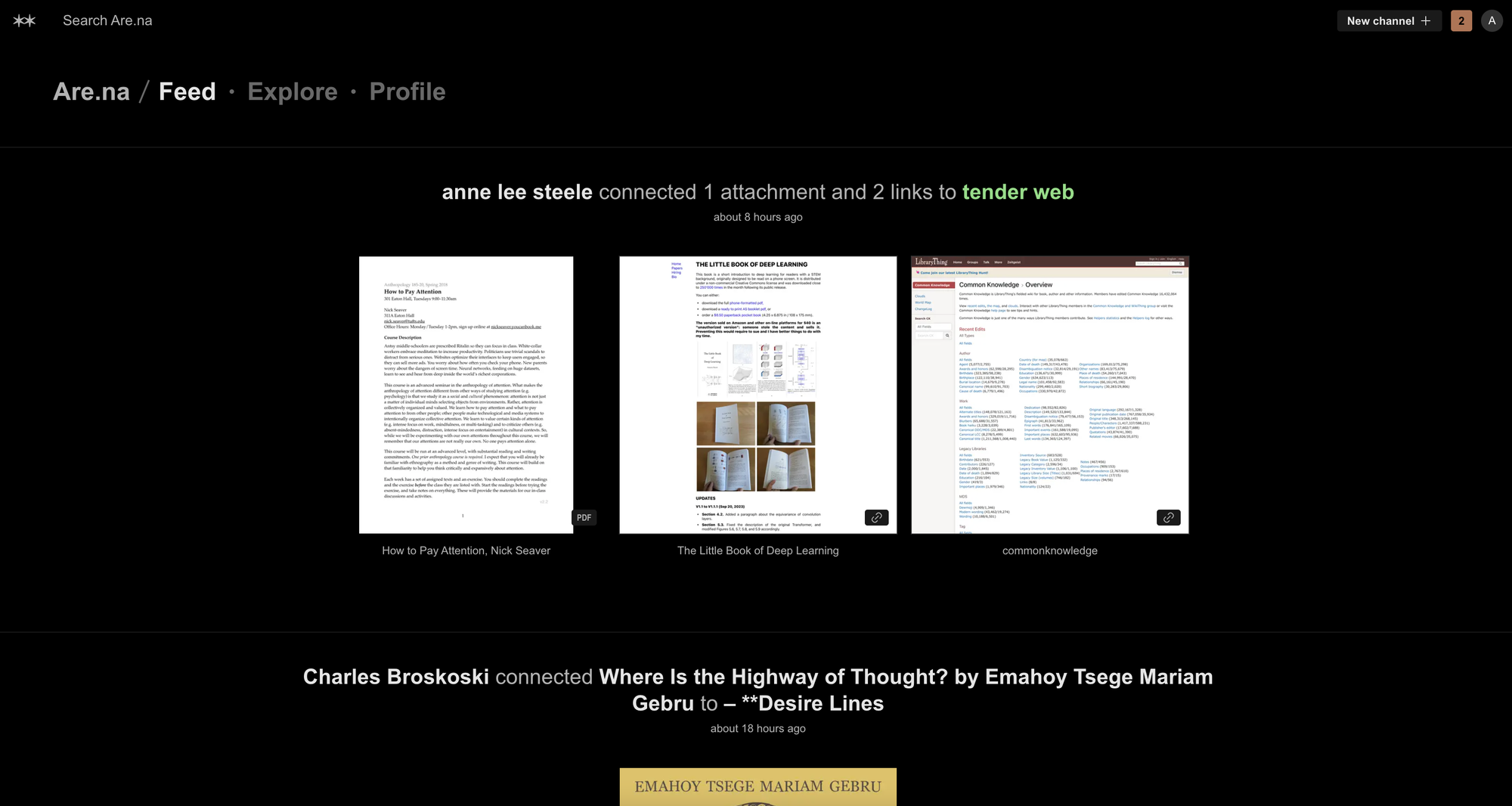
Are.na has been around for 10 years or so. I have been sleeping under a rock and only discovered it a couple of years ago. This platform embodies a strong sense of positive utopia and is a very "tender" internet place.
Two examples from this platform are “tender web” and “a catalog of simple pleasures”
Are.na is a platform worth checking as it creates the conditions for serendipitous knowledge creation by inviting you to trace connections between content blocks
Serendipity is an important dimension to consider in knowledge creation. Not everything should be defined or under control, otherwise, how can we expect our creativity to be triggered? Sometimes stumbling upon the unexpected is what might spark new connections and thoughts, so cultivating serendipitous spaces is in my eyes a noble cause.
Designer and educator Bruno Munari talked about unfinished or incomplete toys that would leave room for creativity and intellect to develop rather than to entertain us.
Bruno Munari's philosophy embodies serendipity.

Talking about connections, another tool I have been trying lately is Napkin. Napkin allows you to jot ideas down on a virtual napkin and then organize and label your ideas creating clusters of knowledge aided by artificial intelligence.
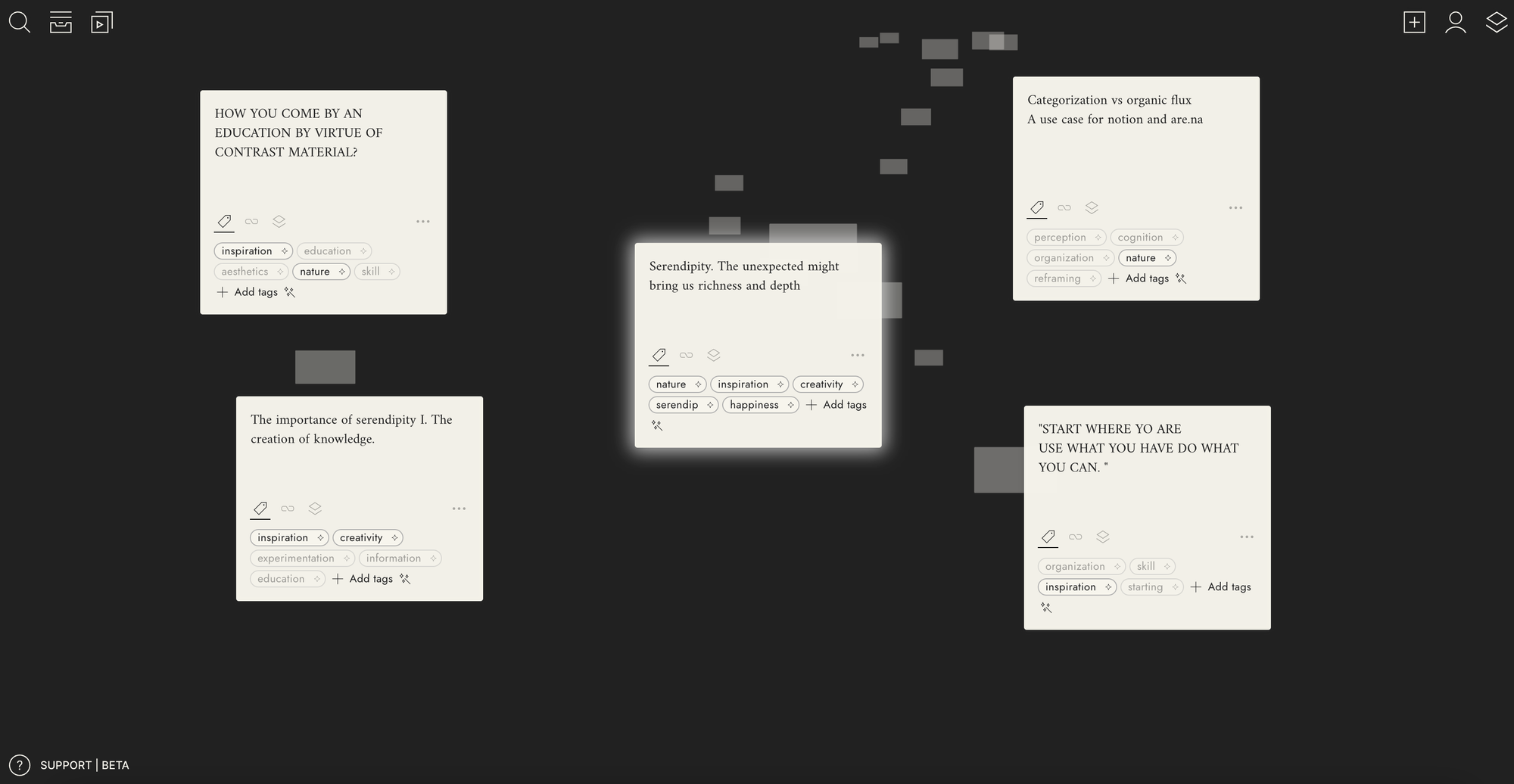
With AI taking away the conscious effort of labeling and categorizing ideas there are pros and cons, but it is counterbalanced by the organic resurfacing of ideas when using the app.
AI holds exciting opportunities for knowledge-building and sense-making experiences.
Training a large language model on the information hosted in an archive can generate bespoke intelligence that we can leverage to better engage with the archived content itself.
Folklore, a tokenized community built around the curation of essays and articles has created a bot trained on all the articles in the archive.
In a product landscape that allows us to create, store, and organize information, I am very curious to explore further those tools that enable us to trace dotted lines across the information we collect fostering our creativity, fantasy, and sensitivity.
Beyond Apps: Building Knowledge Communities
While there are tools that can support both individual and collective knowledge creation, we should not forget about its social dimension and how learning, developing, and growing together is something that creates strong social bonds and enriches our perspective and interpretation of information.
The strongest relationships are built during stages of mutual growth. This is a strong personal belief.
Over the last few years, I have joined communities of practice and focus groups, places where curious and experts coexist and grow together changing perspectives and often looking critically at how collective knowledge creation might ultimately lead to collective action and change.
Building a successful community is hard, and I will talk more in-depth in the future about my experience at Protein Community and about Connection Lab, a p2p movement I have been cultivating at adidas.
A community that has been a test-bed for new forms of collective knowledge creation is without a doubt Radardao.xyz. Knowing what it takes to instigate a community, I admire the energy and perseverance injected into this project by its founder Fancy.
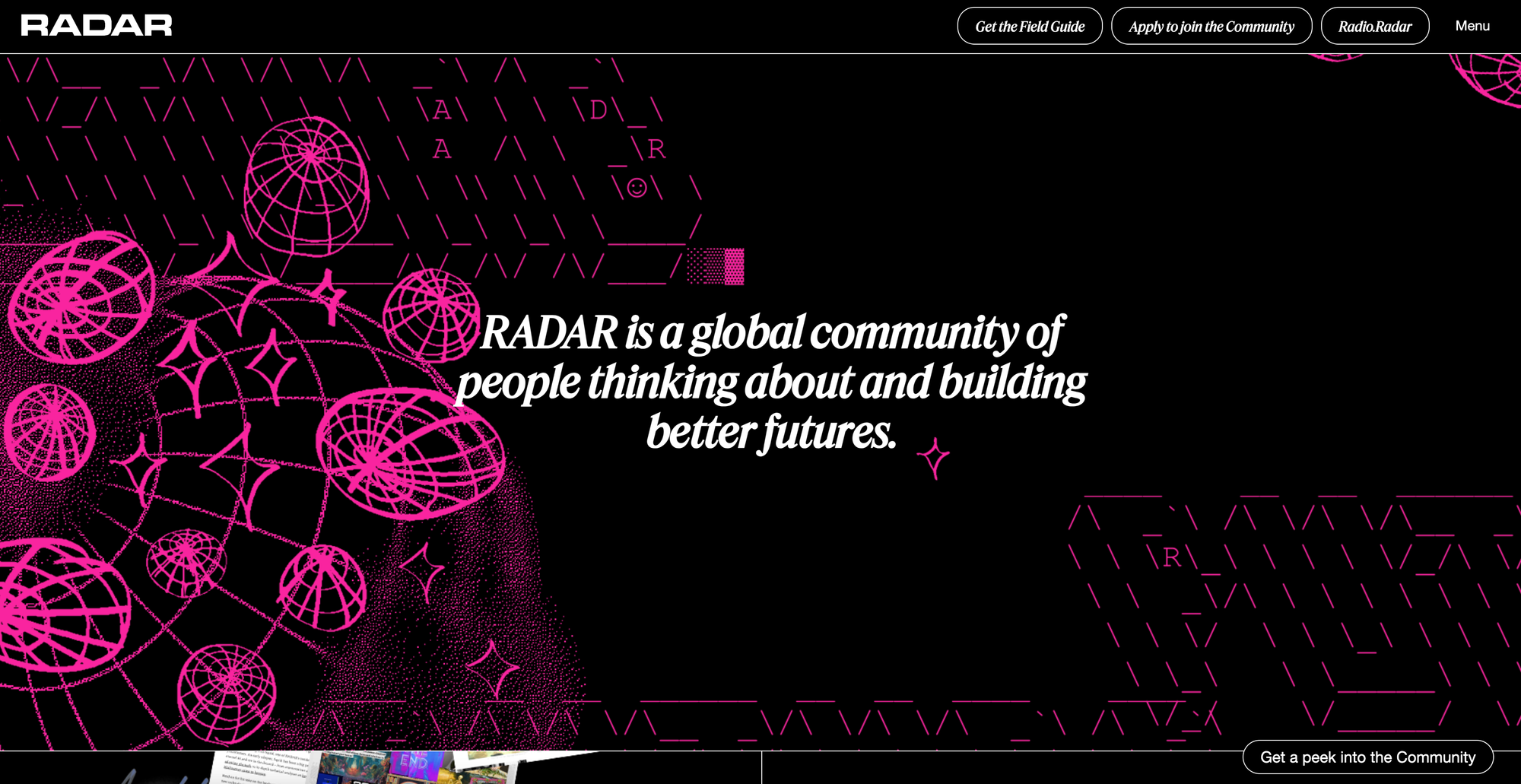
Closing Thoughts
The ever-growing abundance of information poses benefits and threats to our well-being and future. Being conscious and intentional about our exposure to information, its selection, and organization becomes increasingly important.
As the curators of our individual and collective identities, we should strive to adopt tools, and platforms that are interoperable and compatible, instead of creating too many isolated containers of information that might exceed our humane information processing capacity.
I hope this piece triggered some thoughts, and that its end is a non-end that can trigger further your creative spirit encouraging you to continue this self-reflection.
I would love to hear more about how you approach information management and if you have any tips or advice to share. Don't hesitate to reach out at hotpot@andreabrena.com
👀 The First Hotpot interview is ongoing 👀
Over the last week, I interviewed over iMessage chat, my old friend and schoolmate, Jason Page, who has a unique approach to archiving and identity building.
He is a Professional Ding Dong (read: visual artist) working with various forms of illustration and textile patchwork. He enjoys playing with the visual culture of his past — golf, quilts, and the American identity — with a Ding Dong style.
We are still in an engaging back and forth, and next week you will receive a bonus issue with Jason’s interview. I am beyond excited to start exploring this new format and I hope you are looking forward to it as much as I do!
Also, subscribe to Ding Dong, Jason's Newsletter
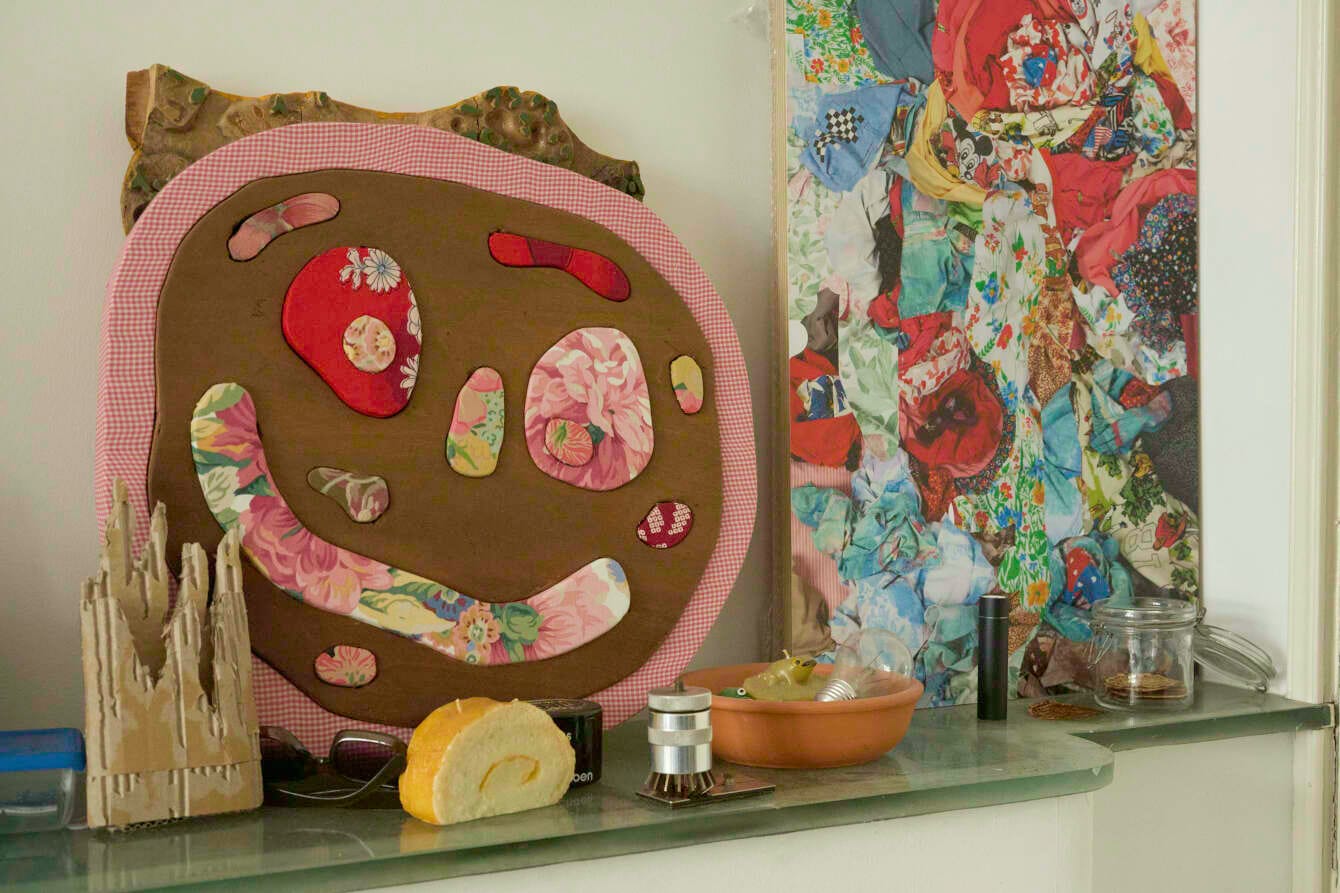
Thank you for reading. 2000 words are a lot to read (and to write). I appreciate your consideration and time and I hope you can take something from this piece with you for the day or the weekend.
Thank you and see you in a week!
🤞
Andrea